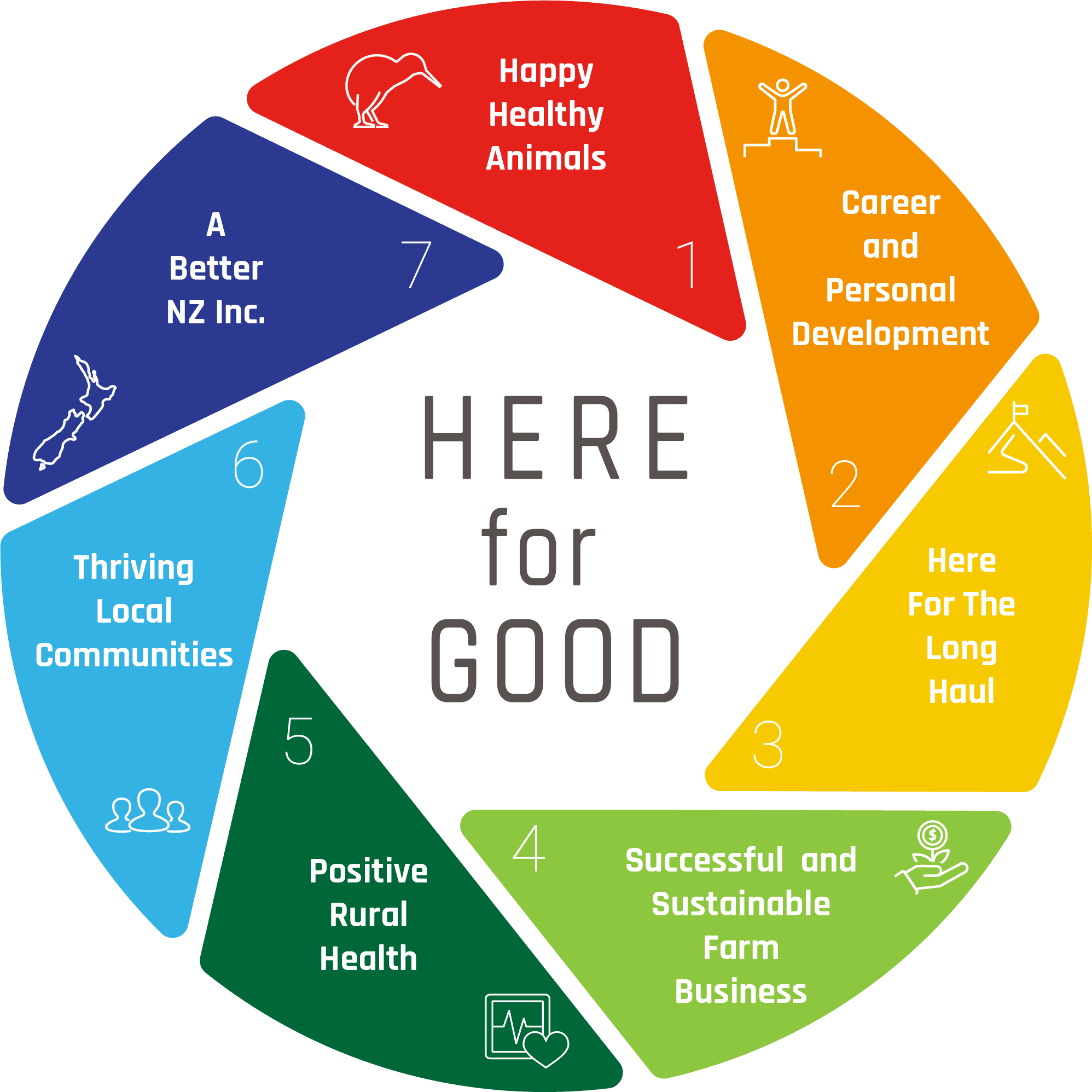Recycle your used packaging at VetSouth
Here for Good is the compass that guides us towards the creation of a better now and a better future. These are the seven pillars that underpin what we are striving to achieve. Our fourth pillar highlights "successful and sustainable farm business". To achieve this, we have teamed up with some of our suppliers to provide recycling services for our clients. This project is all about minimising our environmental footprint and keeping New Zealand green.

Royal Canin Recycling Programme
Pet owners can return your clean and empty cat and dog dry food and wet food pouches to your nearest VetSouth clinic. Royal Canin works behind the scenes with TerraCycle to recycle these products, using a circular economy method, turning them into reusable items.
MSD Vaxipack® Recycling
Farmers can drop empty MSD Vaccine Vaxipacks® in collection bins at your local VetSouth clinic, and MSD will take care of the rest, ensuring the plastic is repurposed and doesn’t end up in landfill.
Zoetis Recycling Programme
Farmers can return Zoetis livestock vaccine packs, and Teatseal tubes and buckets, to your local VetSouth clinic. Plasback will then collect the waste and recycle it into FuturePost Fence posts, or reusable plant trays.















